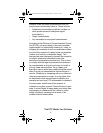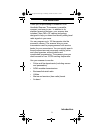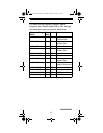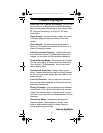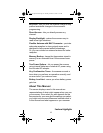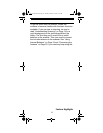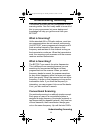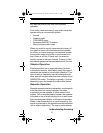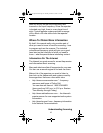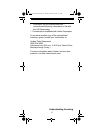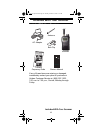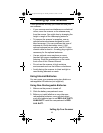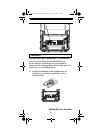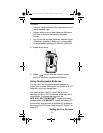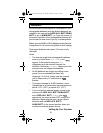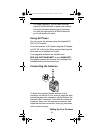
16
Understanding Scanning
listen for activity on the output frequency and
transmit on the input frequency. Since the repeater
is located very high, there is a very large line of
sight. Typical repeater systems provide coverage
out to about a 25-mile radius from the repeater
location.
Where To Obtain More Information
By itself, this manual really only provides part of
what you need to know to have fun scanning – how
to program and use the scanner. The included
conventional frequency guide will give you a good
head start on the other part of what you need to
know – what frequencies have interesting content.
Information On The Internet
The Internet is a great source for current frequencies
and information about scanning.
Many web sites have lists of frequencies for your area.
You can use a search engine to find and use them.
Make a list of the agencies you want to listen to,
then look up the frequencies and systems used by
those agencies. Here are a few useful sites:
• http://www.scannermaster.com * - frequency
resources and home of Police Call.
You can also call them at 1 800 SCANNER
(hours are from 9:00 a.m. to 5:30 p.m. Eastern
Time Monday through Friday).
• http://www.radioreference.com
*
- the Internet's
premier source for user-supported radio system
information.
• http://www.bearcat1.com - frequency information
from National Communications.
BC72 Paper OM.fm Page 16 Monday, October 25, 2004 3:11 PM



